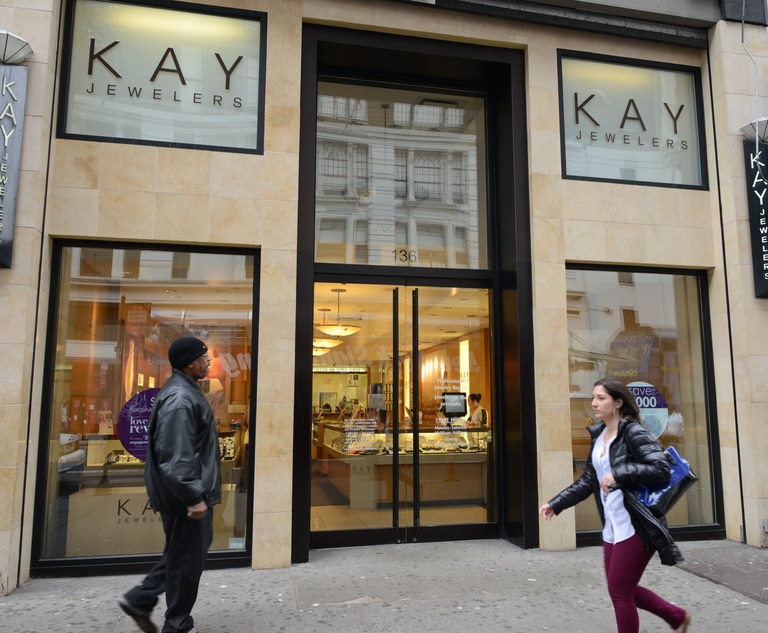Signet Jewelers Ltd., the owner of Kay Jewelers and Zales, sent shock waves through the global diamond trade, telling suppliers it would no longer buy stones mined in Russia.
That goes further than President Joe Biden’s decree on Friday, when he announced a ban on the import of Russian diamonds. The announcement initially shocked the industry, until the small print showed the ban only impacted rough diamonds.
Very few rough diamonds are shipped to the U.S. Most end up in India, via trading hubs in Belgium and Dubai, where they are cut, polished and set in jewelry before being shipped around the world. Those goods were not impacted by Biden’s decree.
Signet went much further, sending a memo telling suppliers it will stop buying diamonds and precious metals that originate in Russia. Russia vies with Botswana as the world’s biggest diamond producer, supplying almost a third of all stones by volume.
“Signet has therefore halted all trade in precious metals and diamonds that originate from such sanctioned Russian sources, and you are therefore requested to stop supplying the same to Signet even though the country(s) in which you operate may not have imposed sanctions on Russian precious metals and diamonds,” Signet said in the memo.
A spokesman for Signet wasn’t immediately available for comment.
Russia’s Alrosa PJSC produces about the same amount of gems as De Beers, the iconic diamond company that had a monopoly until the start of this century.
Signet’s move is the latest step in companies self-sanctioning and going further than government restrictions as Russia’s invasion of Ukraine raises concerns about a consumer backlash.
While that threatens to upend supply chains, Signet has added caveats to stop an immediate crunch. In the memo, the company said its block applies to goods purchased after Feb. 24, the date Russia invaded Ukraine. The diamond industry has a long supply chain, with many months between buying rough stones to finally handing over finished goods to retailers.
The diamond industry’s ability to satisfy Signet’s demand is also in question. Most diamonds change hands multiple times in the supply chain, being passed from traders to cutters and polishers and manufacturers, and stones are often traded several times in between each step. Diamonds are also routinely mixed into parcels of similar sizes and qualities making origin tracking almost impossible in many cases.
Thomas Biesheuvel reports for Bloomberg News.
NOT FOR REPRINT
© 2024 ALM Global, LLC, All Rights Reserved. Request academic re-use from www.copyright.com. All other uses, submit a request to [email protected]. For more information visit Asset & Logo Licensing.


 Kay Jewelers. Credit: Rick Kopstein
Kay Jewelers. Credit: Rick Kopstein




